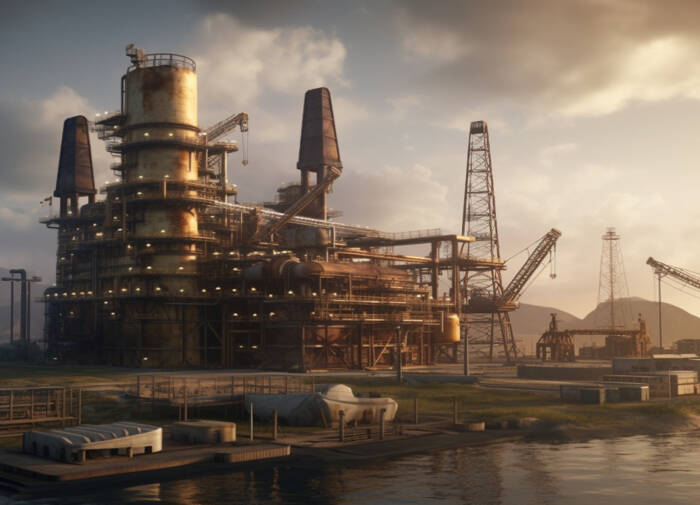OPEC and Iran in Focus as Infrastructure Takes Direct Hits
Israel’s strikes targeted critical oil and gas infrastructure, including Iran’s South Pars gas field—the largest in the world—which partially suspended operations after a fire. Additional strikes hit the Tehran refinery, fuel depots, and offshore gas platforms. These attacks mark the first time Israeli forces have hit Iranian energy assets directly, escalating fears of a broader regional conflict.
This supply shock hits as OPEC+ continues easing curbs, raising June output by 411,000 bpd. While this decision had previously pressured oil prices, the direct threat to Iranian supply now overshadows concerns over increased OPEC production.
Federal Reserve Policy and U.S. Output Offer Limited Cushion
Although U.S. production remains near record highs at 13.5 million bpd, it’s projected to taper slightly into late 2026. Meanwhile, high fuel costs could reignite inflation worries just as the Federal Reserve navigates monetary policy. A sudden spike in oil prices may complicate rate decisions if inflation expectations become unanchored.
Geopolitical Risk Premium Returns—How High Can Brent Go?
Goldman Sachs projects Brent could briefly touch $90/bbl under current conflict levels, and $100+ in a worst-case scenario involving Strait of Hormuz disruption. However, analysts caution that a complete closure of the strait would hurt Iran’s own economy and remains an unlikely outcome. Still, this weekend’s events represent a clear shift from pricing in theoretical risk to dealing with active disruption.
Oil Prices Forecast: Bullish Tilt as Conflict Escalates
Market sentiment leans bullish for the coming week. The combination of sustained geopolitical tensions, confirmed infrastructure damage, and seasonal demand factors is likely to support further upside. Traders should monitor for potential supply responses from OPEC+ and SPR releases, but these are unlikely to fully offset Iranian losses.

